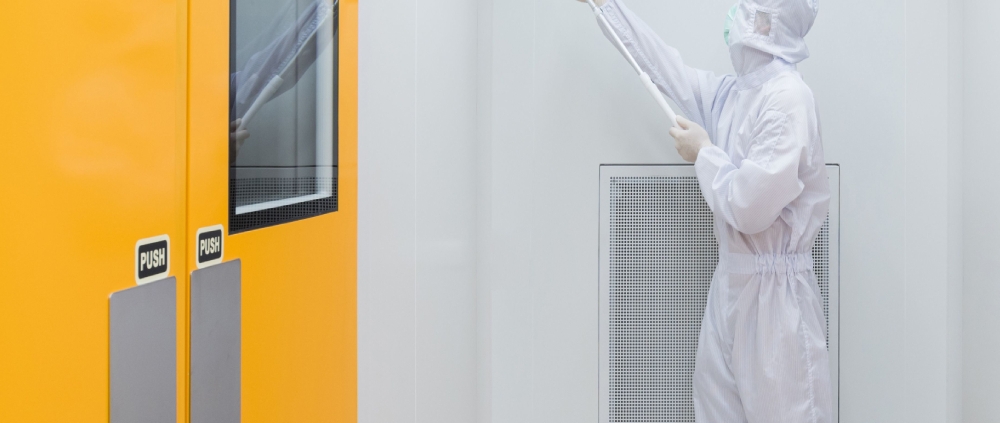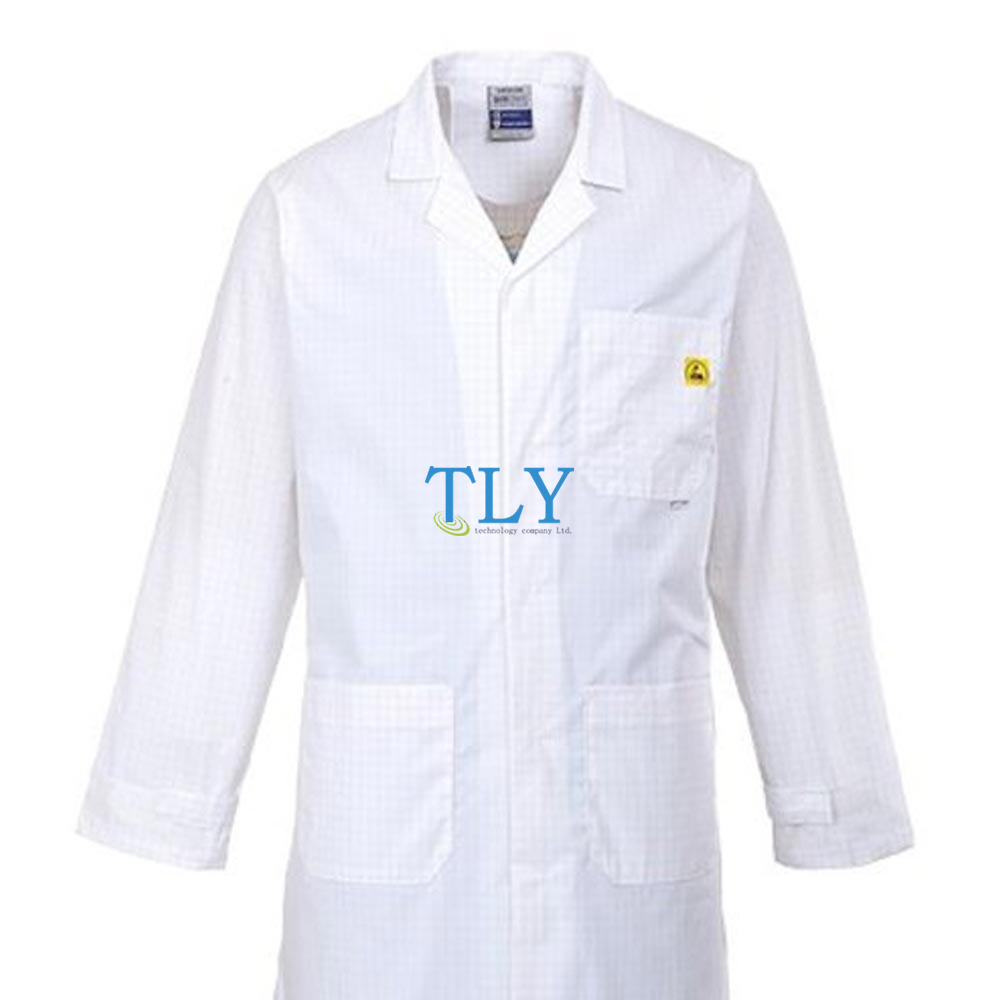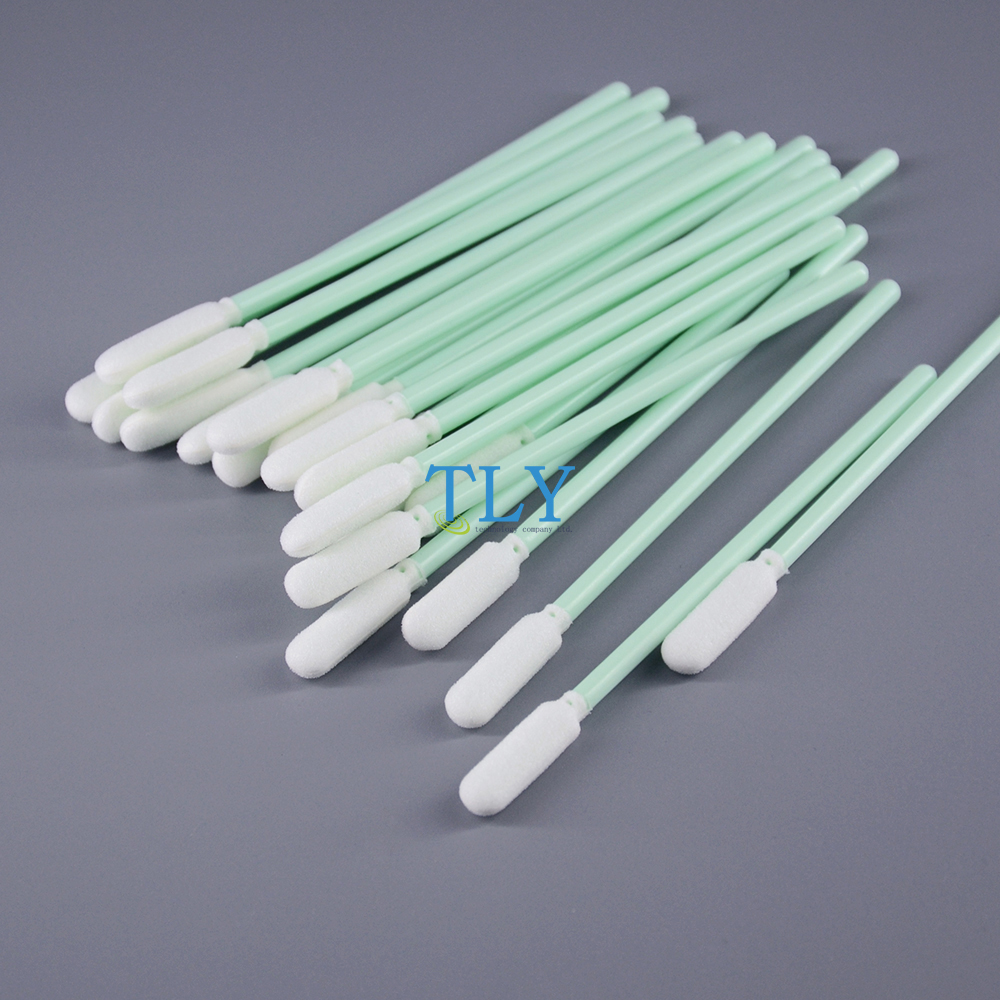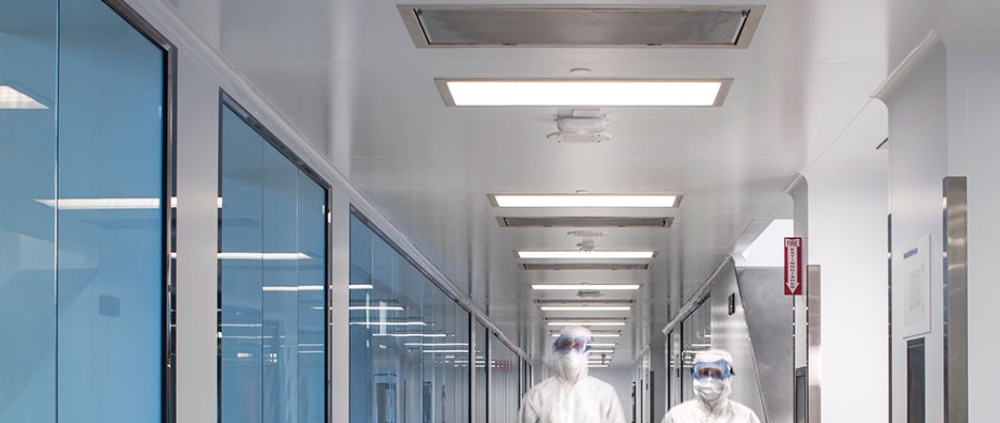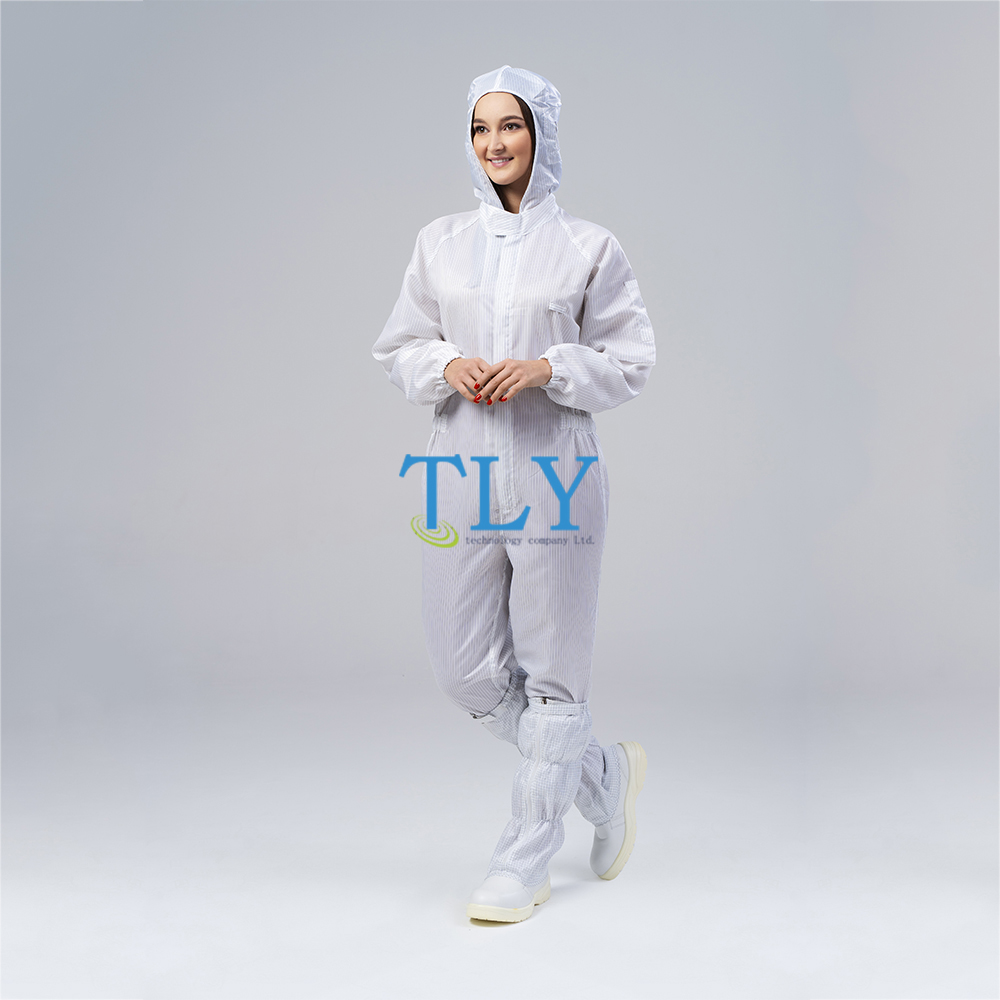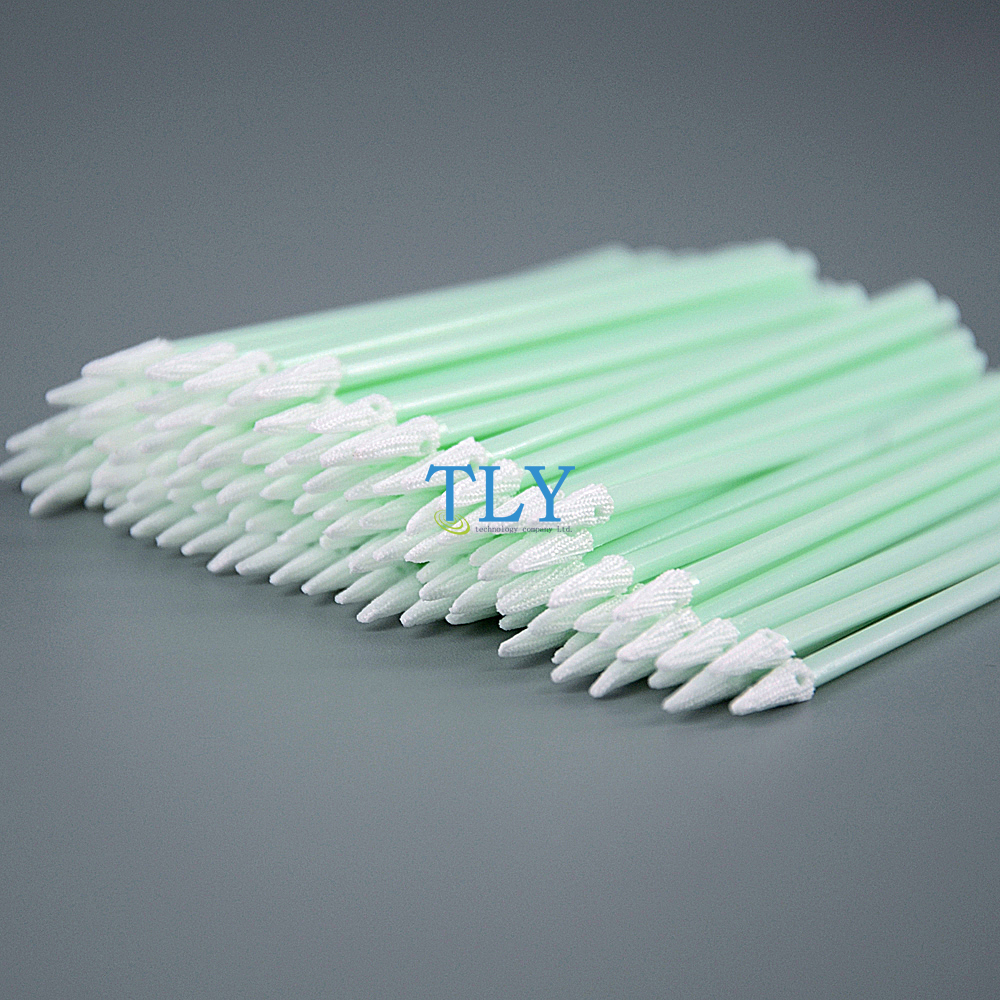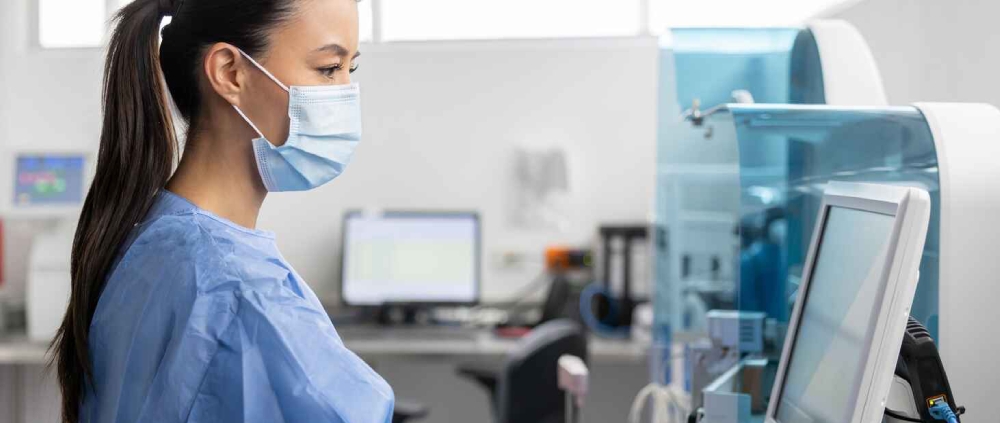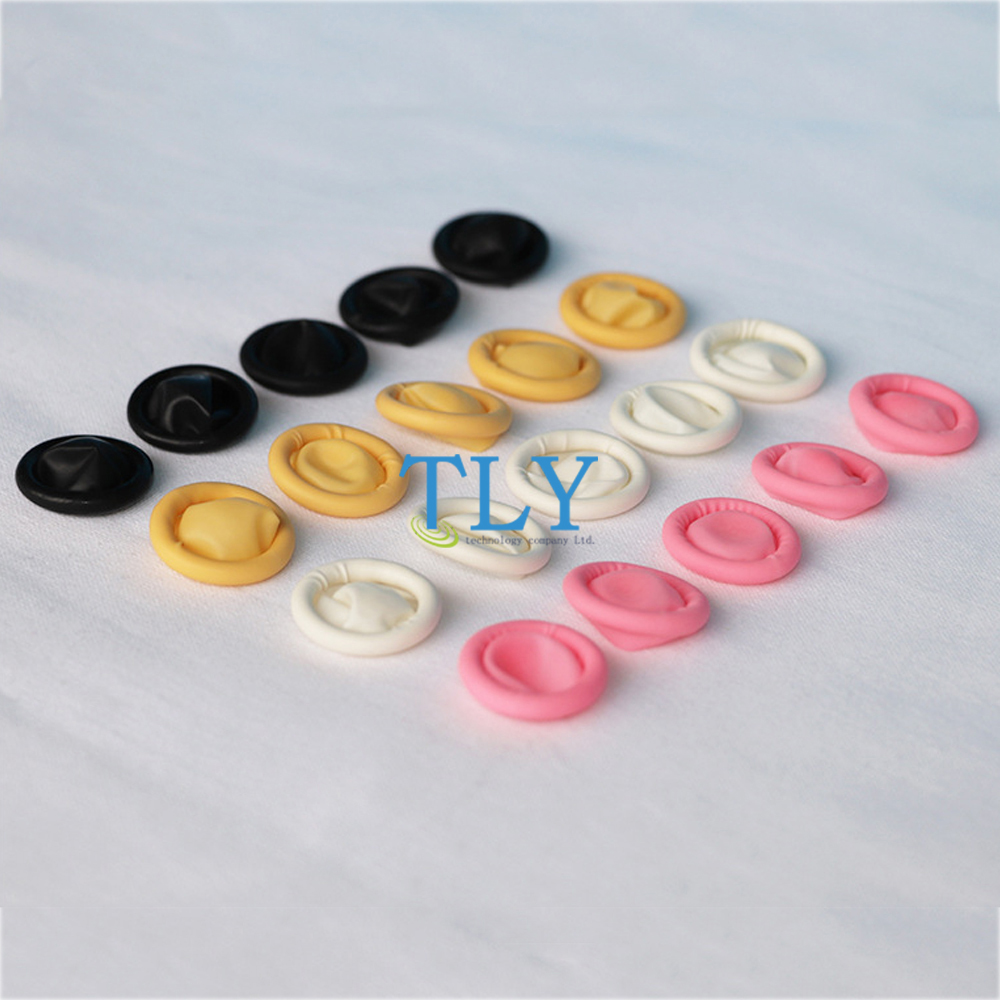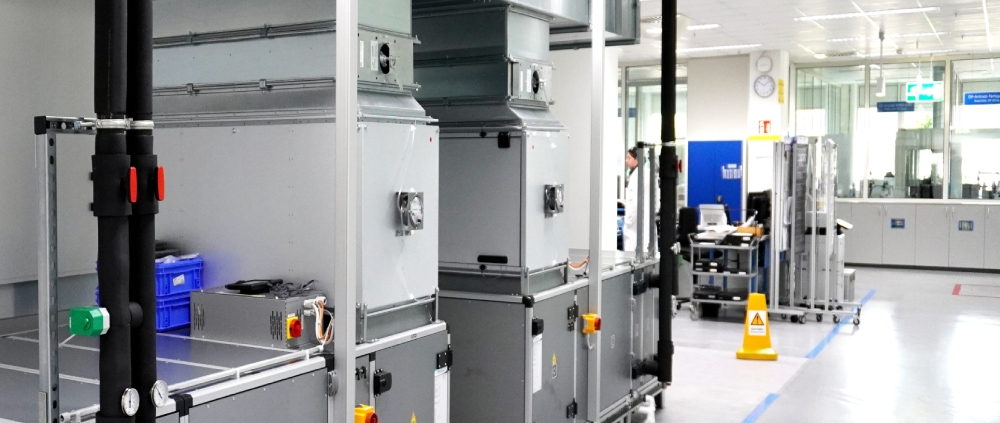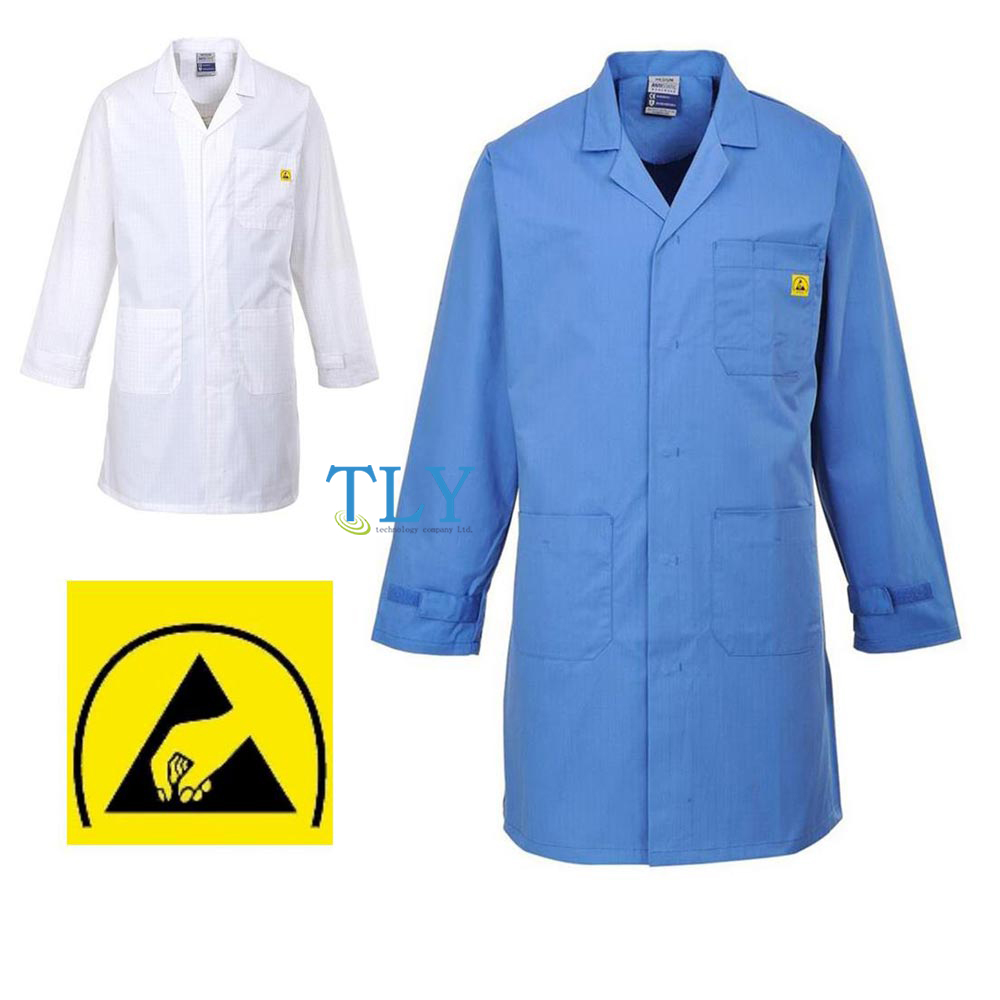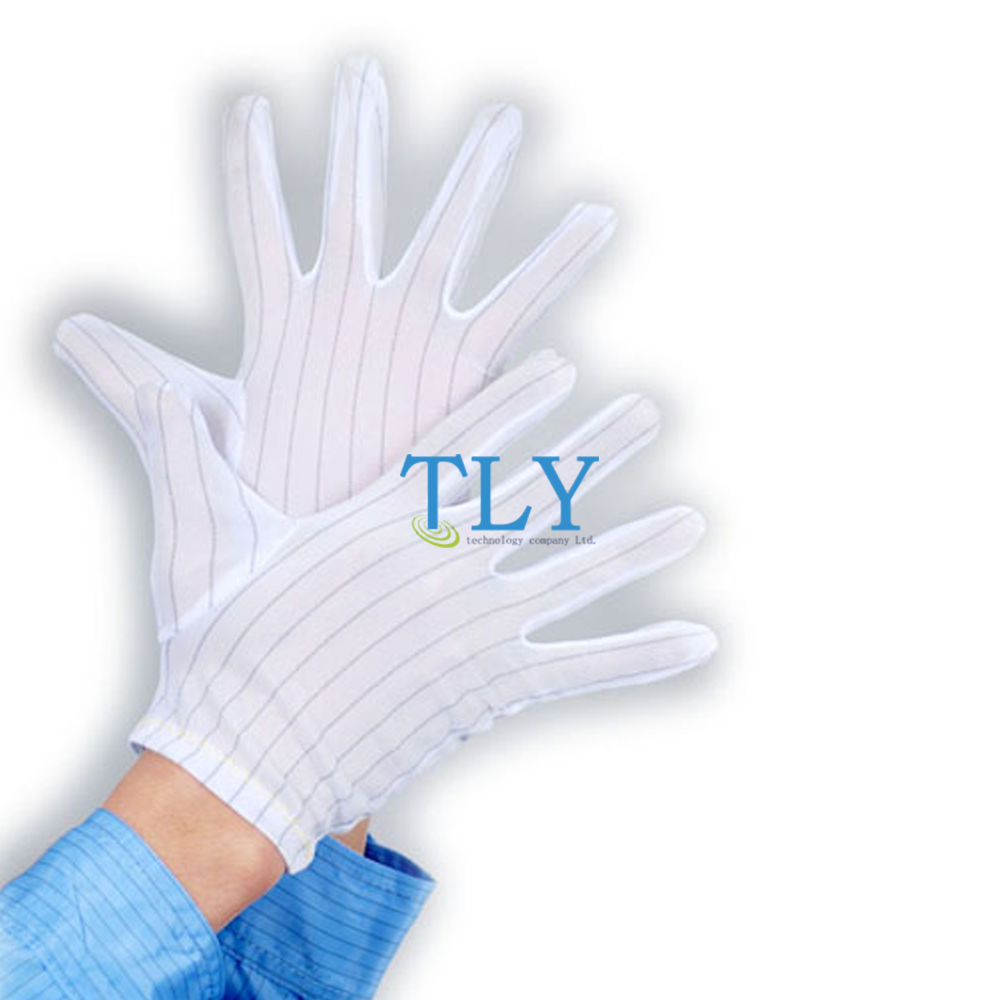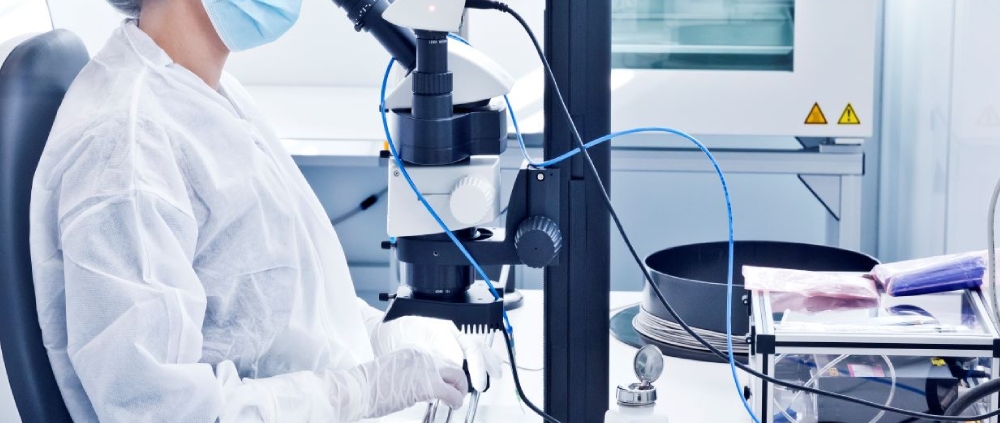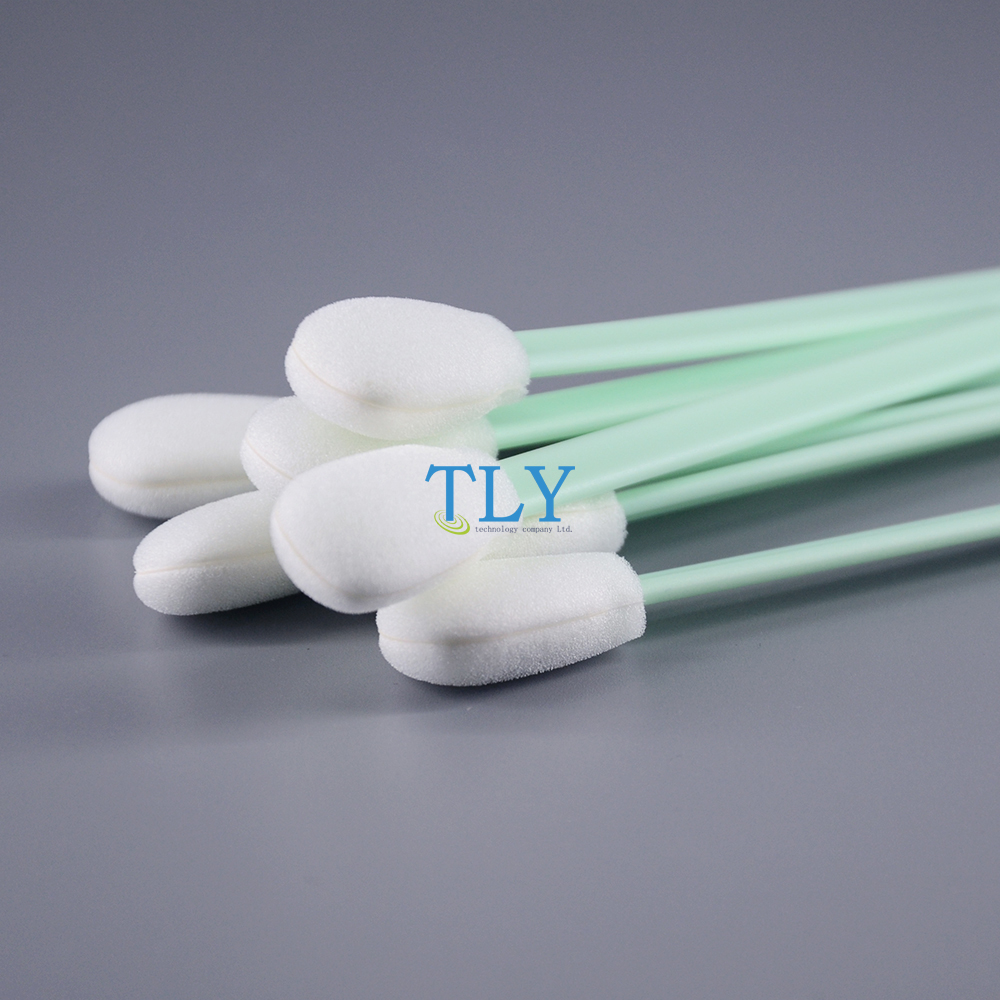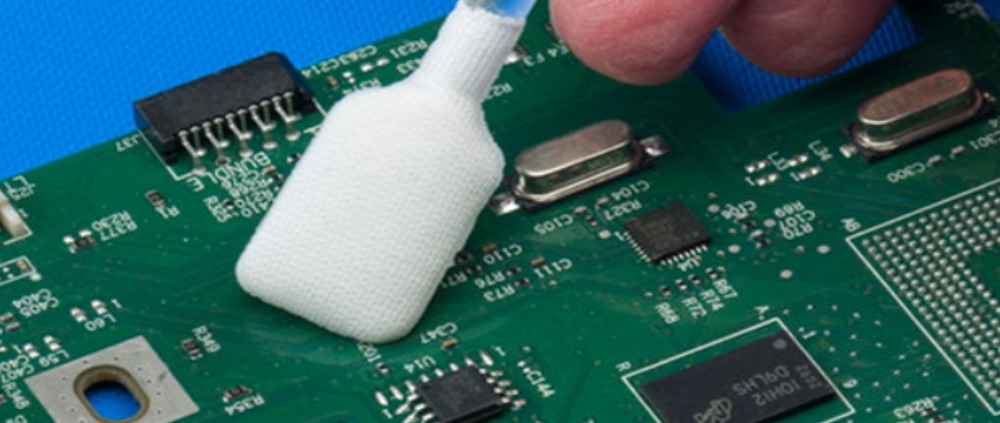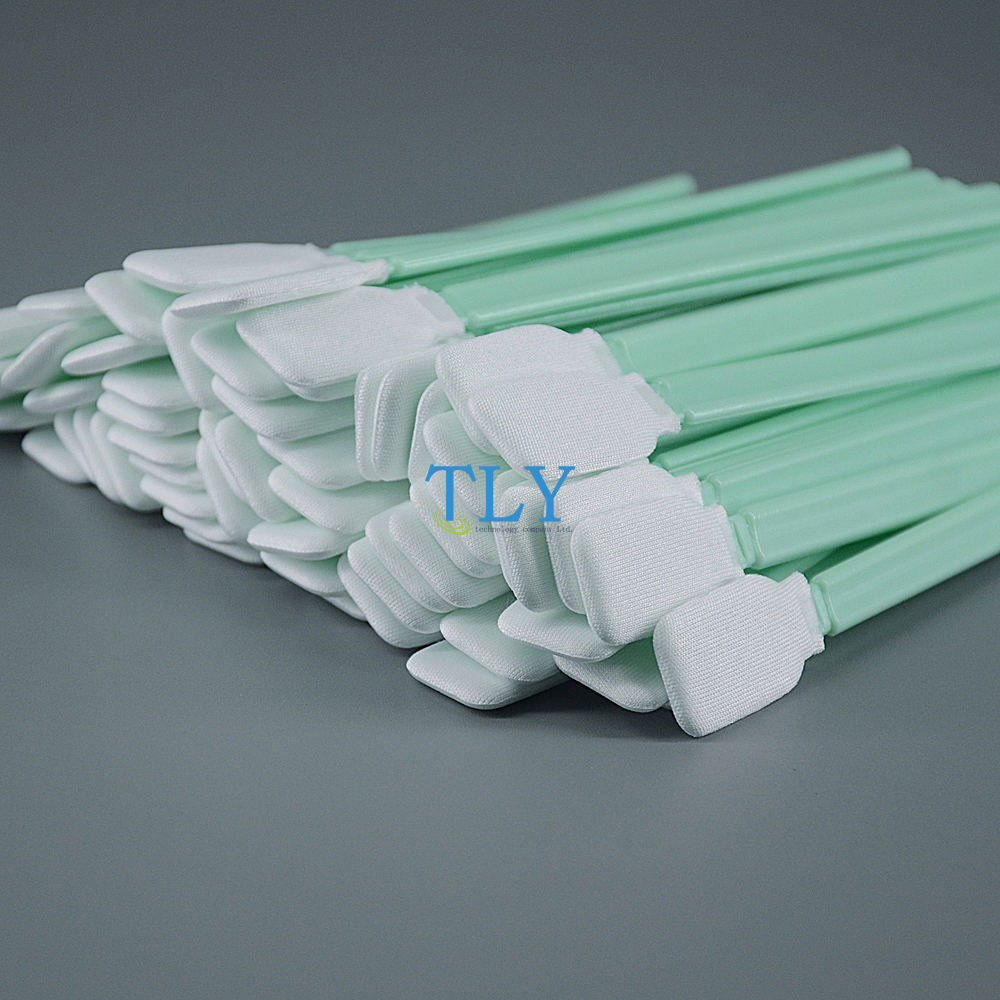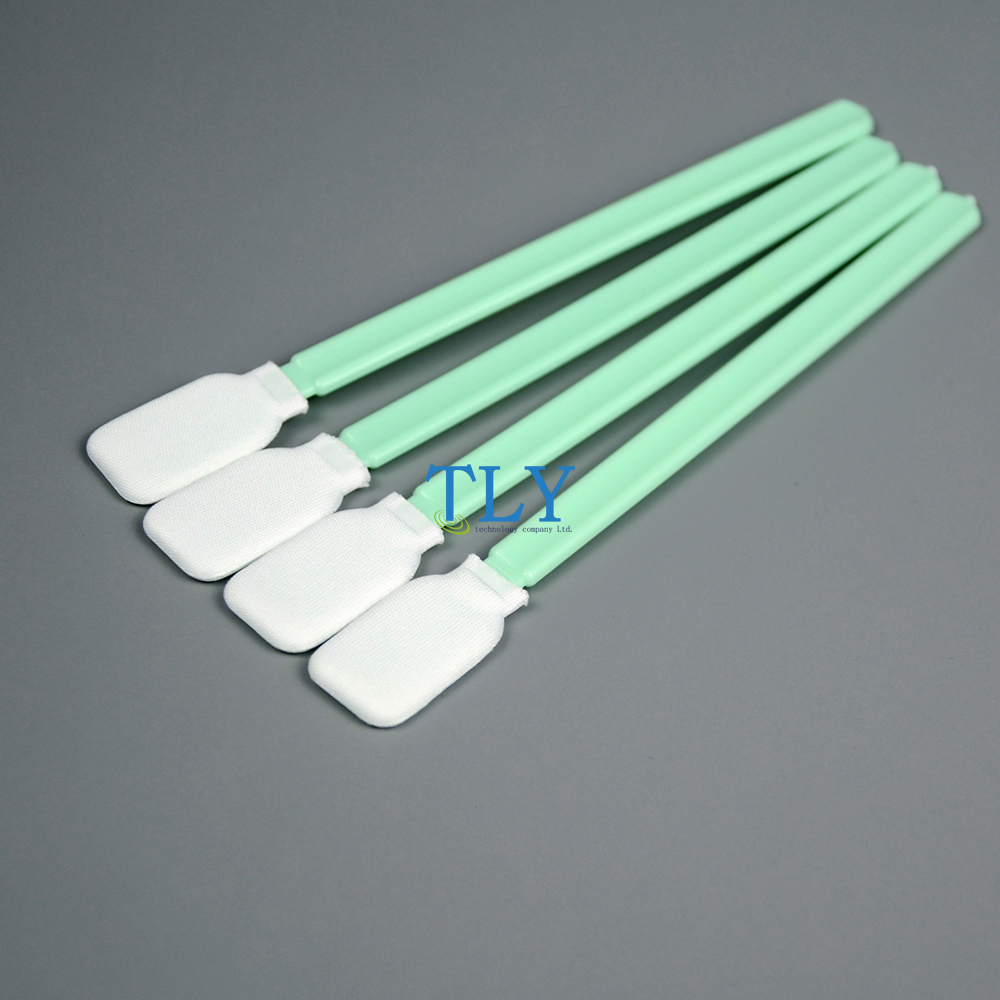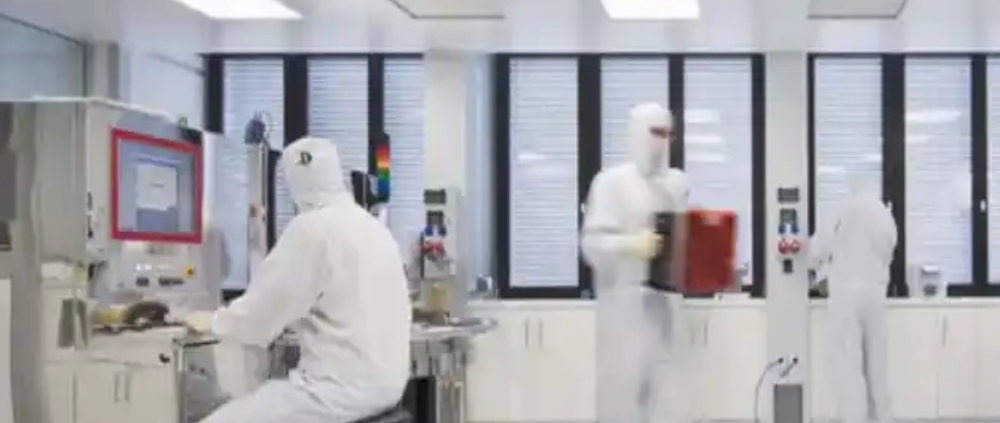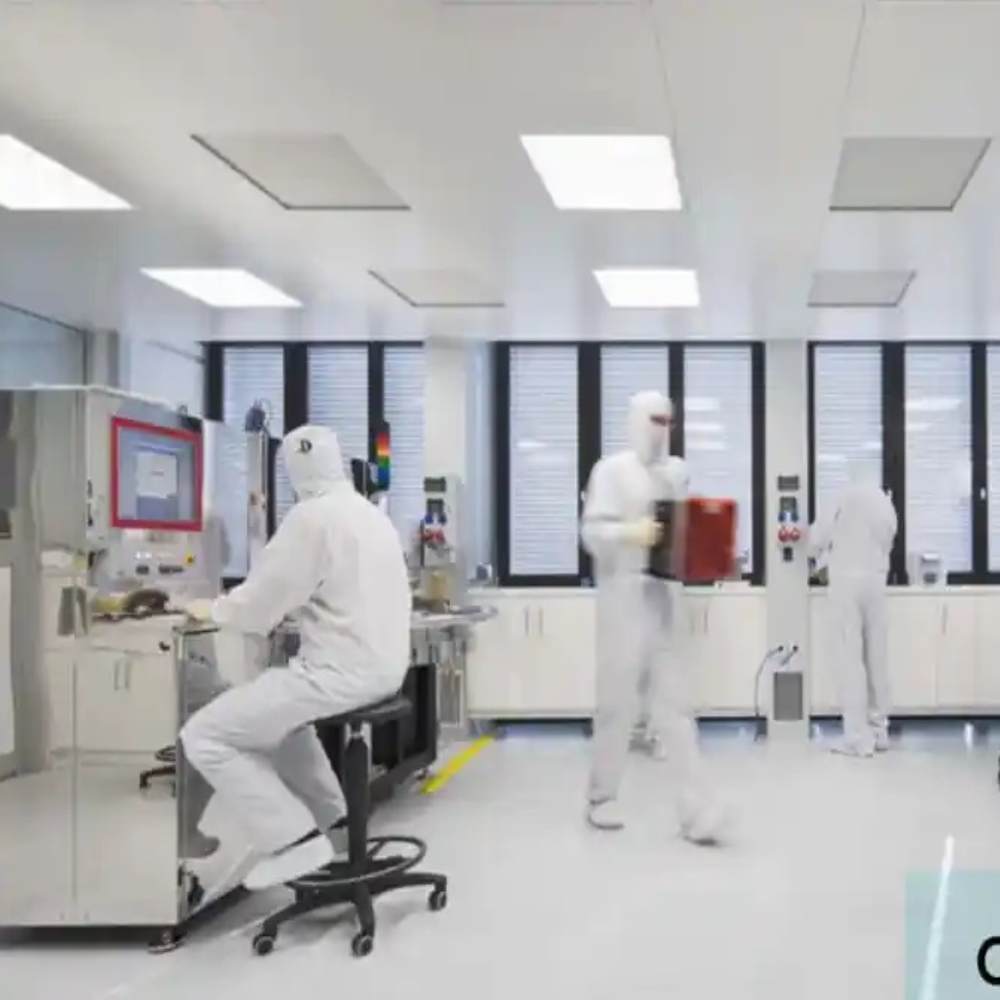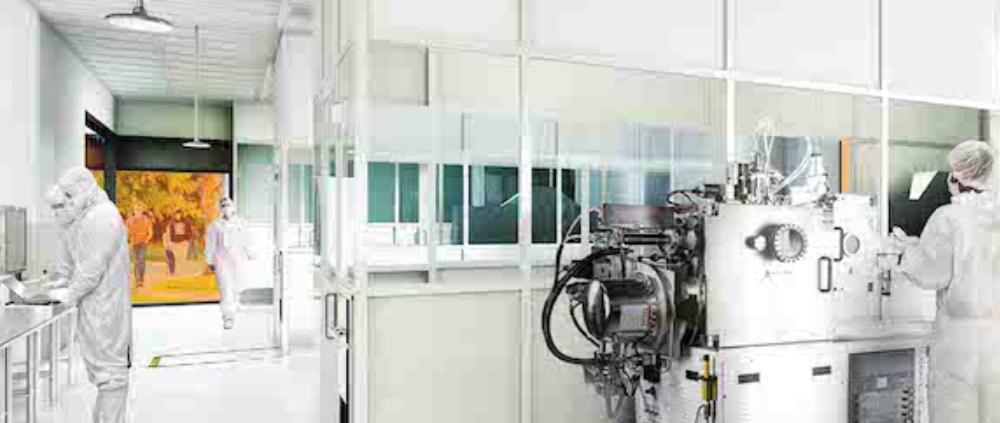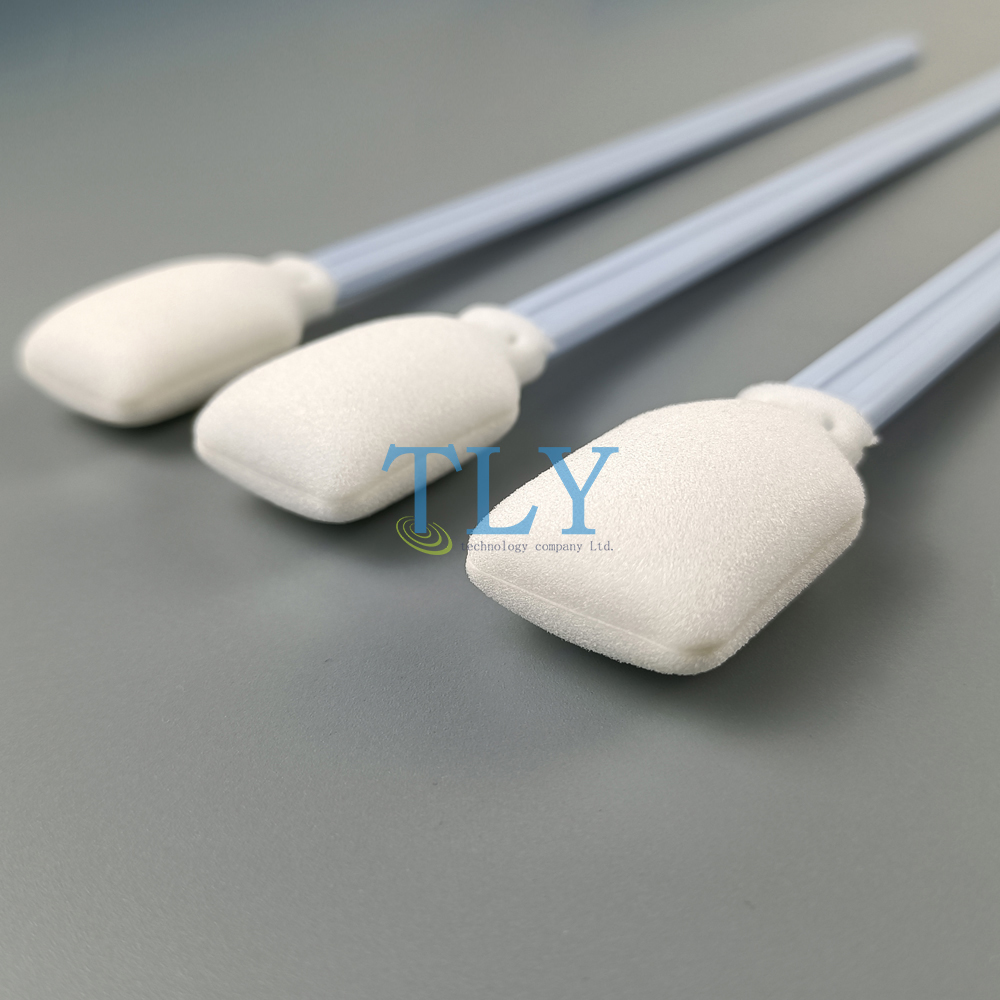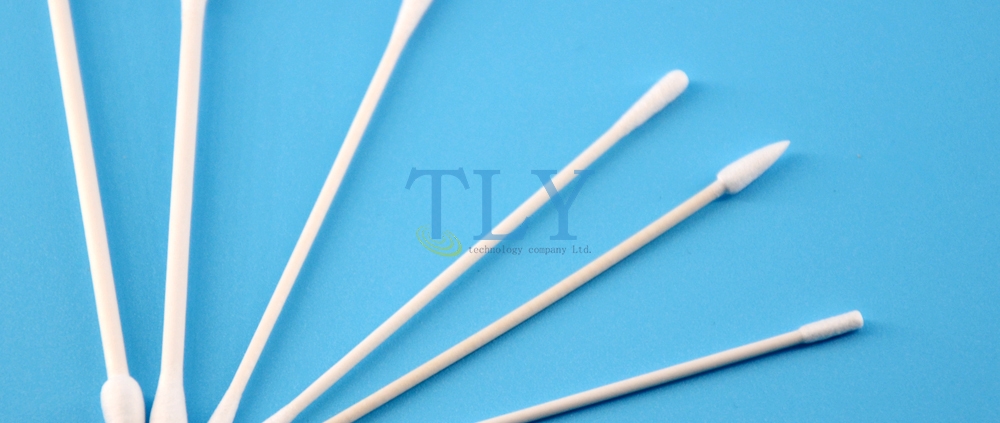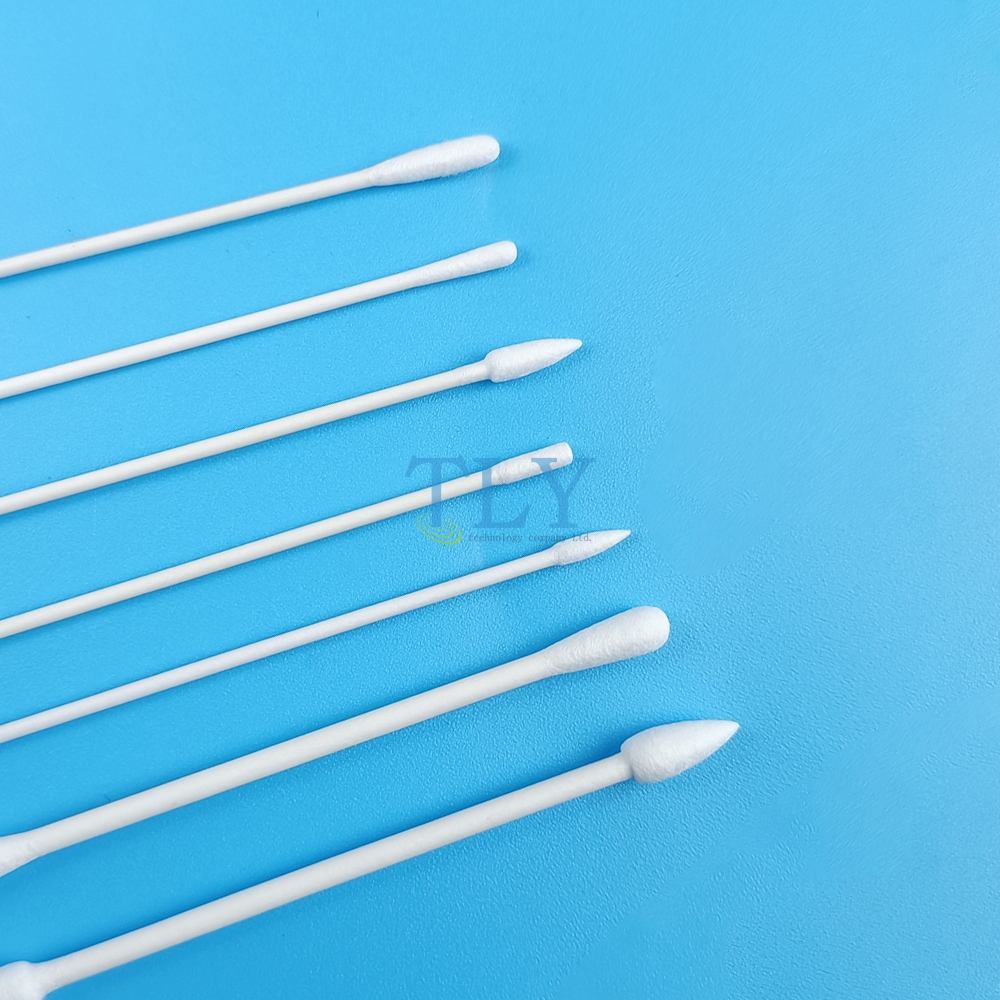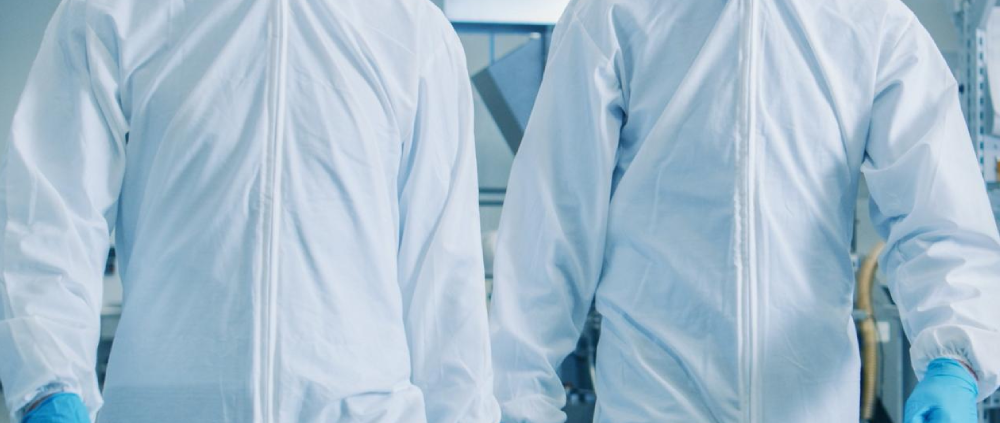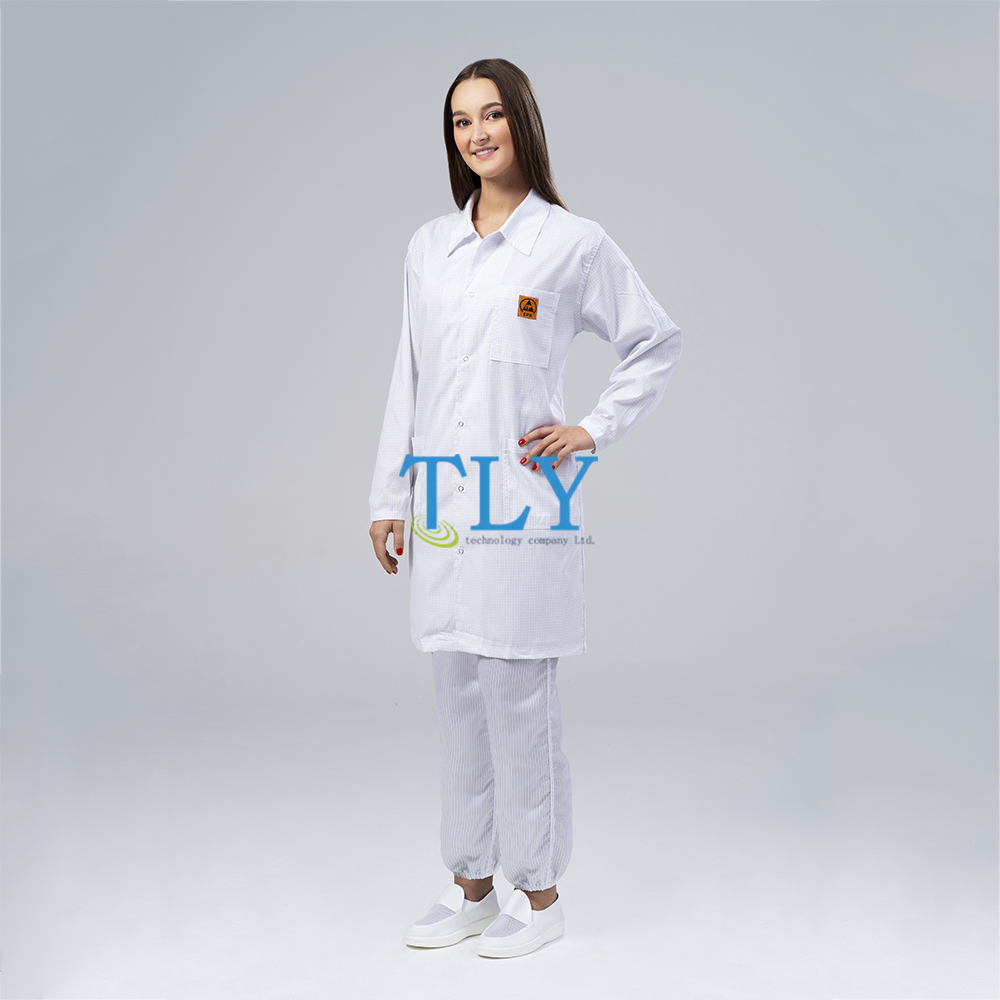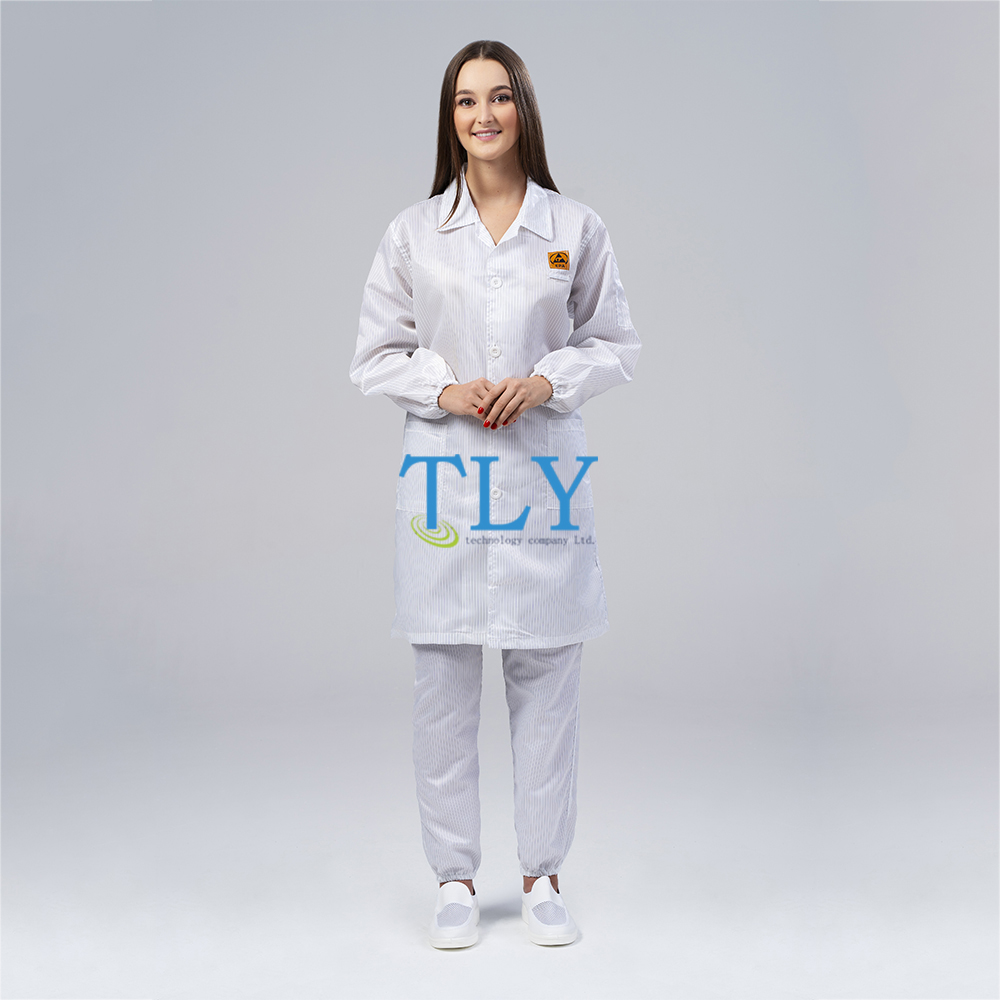ColPro Technical Solutions completes cleanroom for Unica Building Services Venlo
ColPro Technical Solutions has built a cleanroom in Katwijk (North Brabant) Netherlands on behalf of Unica Building Services Venlo.
Unica Building Services manages and maintains all building-related installations. The company coordinates the complete management and maintenance of buildings in combination with carrying out tests and inspections.
The wall panels were made in ColPro’s monoblock system on plinth construction in its factory in Almelo and installation was carried out by its own field service technicians.
Although it is a relatively small cleanroom with a lock, it has affected various components from walls including return panels and flush glass cassettes to ceiling systems and frames with doors equipped with a Maasland interlock system.
The panels were produced in the ColPro Technical Solutions factory in Almelo and installation was carried out by its own field service technicians and have an Advantica L-Control coating in white RAL 9010. Although it is a relatively small cleanroom with a lock, it has affected various components from walls including return panels and flush glass cassettes to ceiling systems and frames with doors equipped with a Maasland interlock system.
In a significant leap towards advancing cleanroom technology, ColPro Technical Solutions has recently unveiled its state-of-the-art cleanroom facility in Katwijk, Netherlands. The facility promises to be a game-changer in the realm of cleanroom solutions, catering to diverse industries with its advanced features and cutting-edge technologies.

